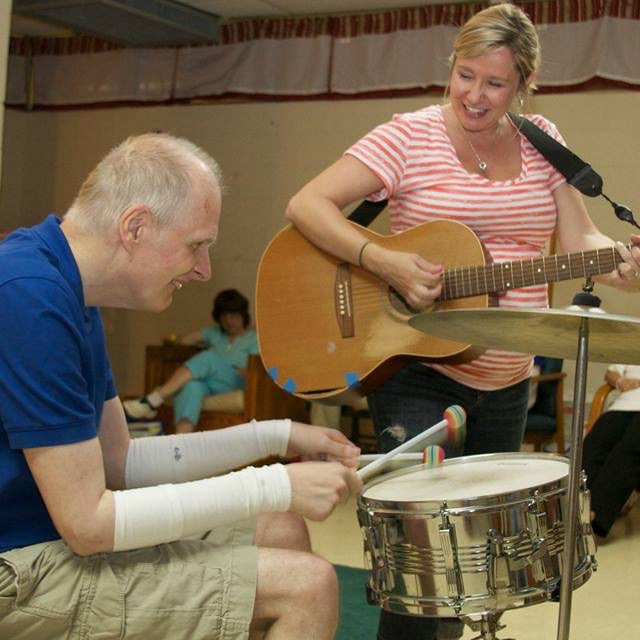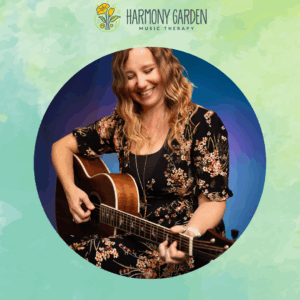Music Therapy and Hospice

Did you know that music lasts longer than almost any other memories? That’s because music utilizes the entire brain to process, so even as we age and in dementia and Alzheimer’s, music can still be accessed in certain parts of our brain.
When an individual is referred to a board-certified music therapist (MT), the MT assesses for individualized goals/objectives and then implements a treatment plan utilizing different music interventions. In hospice, music therapy has been shown to be efficacious due to it being intrinsically motivating, non-invasive, and adaptable to individual preferences and needs. Active music-making utilizes all neural pathways, so even when typical memory, speech, or movement pathways cannot be accessed, music is still able to access them.
In hospice, this means that music therapists are continually re-assessing patients to ensure that they implement interventions most appropriate to each patient’s immediate needs. Each session is fully individualized depending on client preferences and needs. Goals in hospice include but are not limited to: increasing communication, emotional processing, sense of self, elevating mood, relaxation, and spiritual support. As well as, decreasing depression, restlessness, and anxiety.
Music therapists utilize a combination of passive and active interventions depending on what is assessed to be most appropriate. Some examples of passive interventions are physical entrainment, receptive listening, progressive muscle relaxation, guided imagery, and heartbeat recordings for families. On the contrary, active interventions include instrumental music-making, singing, song writing, legacy projects, music assisted conversation and reminiscence, and music and movement.
If you want to find out more about our eldercare programs, you can click here.



